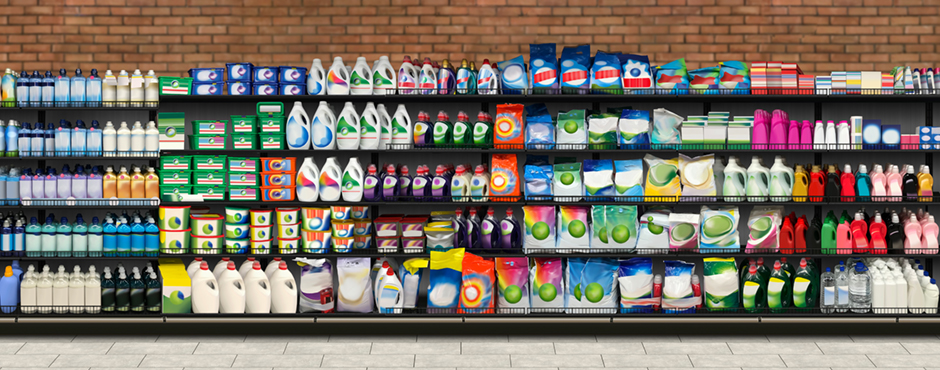As with everything else in the world of design, packaging design is where form marries function, and every detail counts. There’s an art and science to the development of packaging design. Given that it’s the constant reminder of your brand, it’s a crucial, yet often overlooked aspect of brand marketing.
Packaging is more than just a container for your product. It’s the first physical touchpoint between your brand and the consumer, and as we know, first impressions are hard to change.
Leveraging packaging for sales
So how do you create product packaging that not only protects its contents but also sings on the shelves and on line, standing out in a sea of competitors ? Let’s explore the fundamental approaches that can transform your packaging into a silent salesperson, in person and on line.
- Know Your Audience: The packaging design process begins long before the sketching stage—it starts with understanding your target audience. Who are they? What are their preferences, lifestyles, and values? A design that resonates with millennials might not appeal to baby boomers. Research and insights are the compass that guides your design journey.
- Brand Consistency: Your packaging is an extension of your brand identity. It should reflect your brand’s personality, values, and aesthetics. Consistent branding across all touch points reassures consumers and builds brand recognition. Whether it’s a colour scheme, logo placement, or typography, ensure your packaging is a visual ambassador of your brand.
- Simplicity and Clarity: In a retail setting, you have a few seconds to grab a consumer’s attention. Overly complicated designs can be off-putting. Your packaging should clearly communicate what the product is, who it’s for, and what it does. A minimalist design with clear messaging often makes the most substantial impact.
- Emotional Connection: Packaging that tells a story or sparks an emotion has a higher chance of being picked off the shelf. It could be through engaging copy, compelling graphics, or tactile experiences. Remember, people don’t just buy products—they buy experiences and emotional connections.
- Sustainability: With increasing consumer consciousness about environmental impact, sustainable packaging is no longer a nice-to-have—it’s a must. Consider eco-friendly materials and processes that reduce environmental footprint. A brand that cares for the planet is a brand that earns consumer respect.
- Practicality: While aesthetics are essential, practicality should never be compromised. Is the packaging easy to open, store, or carry? Does it protect the product effectively? Functional design enhances user experience, leading to repeat purchases and positive word-of-mouth.
- Innovation!: Lastly, don’t be afraid to break the mold. Innovative packaging can disrupt the shelf, draw attention, and create buzz. Explore new materials (eco-friendly is a must!), shapes, and interactive elements. Remember, the only limit to creativity is your imagination.
Packaging design is a holistic discipline
Strong packaging that combines consumer psychology, brand storytelling, aesthetic appeal, and functional design. It needs to create a 360-degree brand experience that begins the moment a consumer lays their eyes on the product. So, the next time you’re crafting a packaging design, remember these principles. Let your packaging sing its own unique song, loud and clear, amidst the symphony on the shelves.
Are there any brands that have transformed their packaging to an art form that performs on shelf? Share them here!

